Before choosing a moray eel, you should know what it is. Moray eels are biologically a type of fish, although they look quite different from other fish.
Moray eel (Muraenesox cinereus) is a fish of the genus Moray in the Moray family. Head large conical. Long snout. Body elongated trunk subcylindric, tail laterally flat.
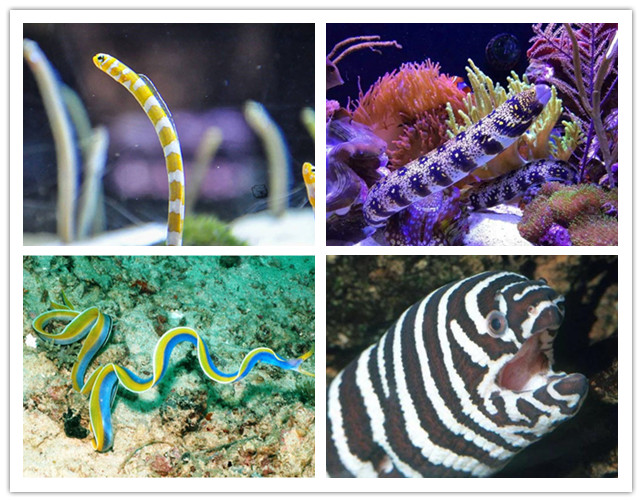
They have no pectoral or pelvic fins. This means they can't swim like a normal fish and have to use their bodies instead of their fins to propel themselves through the water at incredibly fast speeds, which is why they are so muscled.
Moray eels can't "inhale" food with negative pressure in their mouths like other fish because their heads are too narrow. Instead, they use sharp teeth to catch prey and use a second pair of jaws deep in the throat, the pharyngeal jaws, to carry food from the normal set of jaws in the mouth to the stomach.
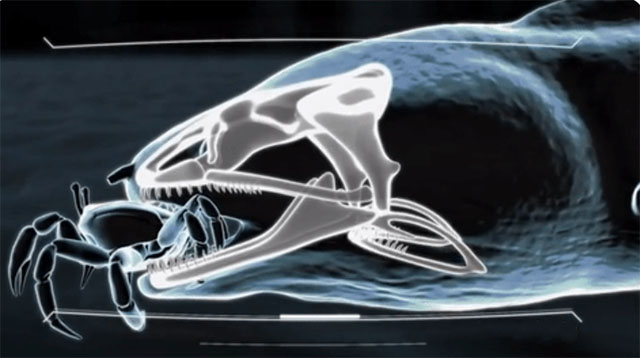
Most moray eels have pointed teeth and usually feed on fish, cephalopods, and shellfish. Moray eels have a hard, thick skin that secretes a thick layer of mucus, which in captivity means they are less susceptible to parasitic diseases. Moray eels have underdeveloped eyes, but their sense of smell is quite developed.
Many moray eels are not the same sex for life. All snowfish eels, for example, start out as females and can choose to become males once they reach sexual maturity. As for zebra eels, they can be born as either male or female, but females can change sex if they need to continue to reproduce. Banded moray eels, on the other hand, are born as males and can grow up to become females.

Most moray eels breed throughout the year based on food supply and stored energy. The eggs hatch after 4-6 weeks and the young take care of themselves as soon as they hatch. There are at least 200 known species of moray eels, ranging in length from 10 to 300 centimeters.
The snowflake eel, (Echidna nebulosi), is cylindrical with a flat tail and a short, white snout. Snowflake eel is a beautiful moray eel that inhabits caves and rock crevasses in coral reef areas of the Indian Ocean. Perfect for beginners, they usually grow to 45-60cm long, which means they can be mixed with smaller fish, anemones and corals.
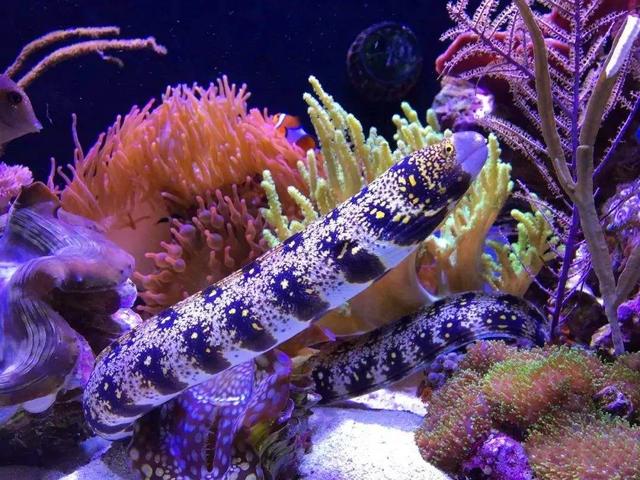
They can be a little aggressive, chasing fish in the tank. In the wild generally to crustaceans for food, artificial feeding can be frozen or dry shrimp, fish and most of the animal bait, usually can not live with crustaceans together. A sea cylinder of 200 liters or larger is recommended.
The zebra eel (Gymnotus anguillaris), is another great moray eel for beginners, which can grow to over a meter in length. They are considered one of the safest moray eels and can often be kept with smaller fish.
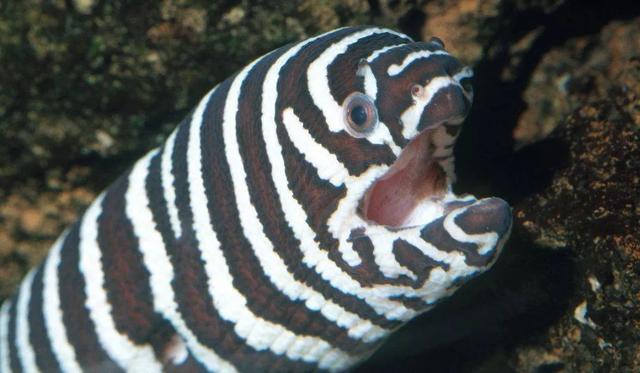
In the wild generally to crustaceans for food, artificial feeding can be frozen or dry shrimp, fish and most of the animal bait, usually can not live with crustaceans together. They can become somewhat bulky as they grow, which means that all live stones and corals should be very stable, 350-400 litres or larger sea tanks are recommended.
The ribbon eel, Gymnothorax Favagineus, is mainly found in the warm waters of the Indo-Pacific. In the wild to hunt other fish, crustaceans for staple food.
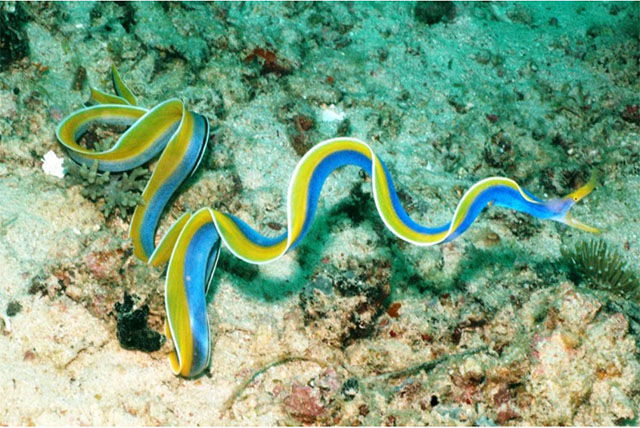
Ribbon eels are not very friendly to less experienced fish because it is not easy to get them to talk. Your impulse may well end up with a dead conger eel and a lot of wasted cash. They can grow to about 90 cm in length and can be fed frozen or dried shrimp, fish, and most animal feeds in captivity. They do not usually live with crustaceans.
Garden eels are actually a collective name for some species of the genera Allocongys and Congys of the Glutinous family (also known as Congichlidae). The body is tubular, with an adult length of about 40cm. It is distributed in tropical to subtropical oceans and lives in coral sand.
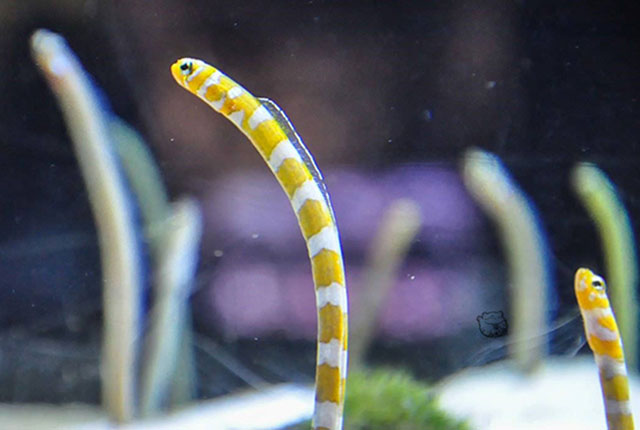
Gorgasia Preclara, a cross-band garden eel, and Heteroconger Hassi, a Heteroconger eel, are commonly seen in the sea tank. The striped eel is known for its orange and white stripes, while the eel is black and white, speckled and stylish.
Conditions allow the case had better raise 6 to 10, bottom sand laid 30 centimeters or so. Harvest shrimp give the eels plenty of nutrients, and when they open their mouths, they can feed on frozen fish food, flakes and pellets.